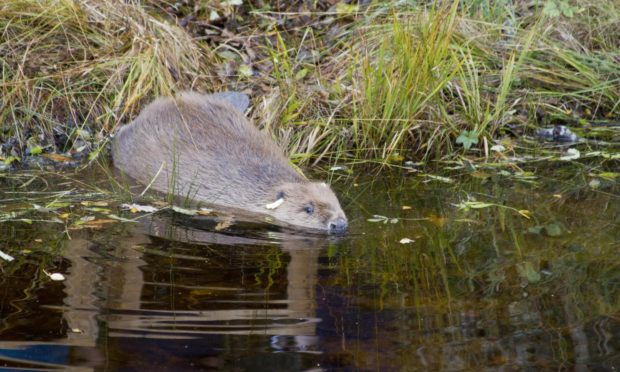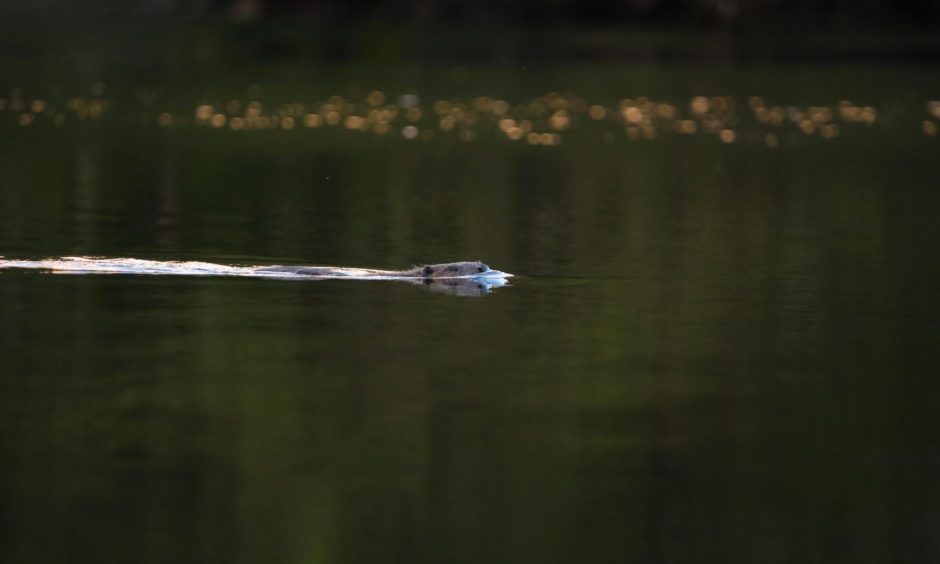A project to reinforce the population of beavers in Argyll could act as a model for reintroducing the endangered species elsewhere in Scotland and other parts of the world.
A report published today says the project in Knapdale Forest has come to a successful conclusion with beavers now more widespread and breeding throughout the area.
Its recommendations to secure a long-term future for beavers in Scotland include developing a national conservation action plan allowing reintroductions in other suitable areas.
In 2009, 16 Eurasian beavers were released into Knapdale Forest in the first licensed reintroduction of a mammal to the UK and heralded the return of the species to Scotland after an absence of more than 400 years.
Scottish Beavers, a partnership between the Scottish Wildlife Trust (SWT) and the Royal Zoological Society of Scotland (RZSS), was created to continue the work of the trial.
It released 21 beavers at Knapdale between 2017 and 2019 to bolster the population, with monitoring continuing throughout 2020.
The reinforcement project has increased the genetic diversity of Knapdale’s beaver population, which is important for its future survival. The new beavers were primarily sourced from Tayside and originate from Bavaria, while the original trial population was sourced from Norway.
The report says the key aim of releasing beavers was shown to be met, with animals seen to be expanding into burns, and activity in new areas.
A successful pairing between beavers with Norwegian and Bavarian origins has not yet been detected, but it is likely to take place in the near future.
Gill Dowse, SWT knowledge and evidence manager, said: “The Scottish Beaver Trial was a landmark conservation project that showed how beavers can create and restore important wetland and native woodland habitats.
“After three years of fieldwork we can be confident this reinforcement project has been a success, and that we have done all we can to bolster the wild population in Knapdale.
“To ensure we fully benefit from the return of beavers and minimise future conflicts it is important to develop a clear action plan for the future of this protected species.”
Helen Taylor, RZSS conservation programme manager, said monitoring has painted a clear picture of a steadily growing population that is beginning to spread out into all the various waterways available in Knapdale Forest.
She added: “After a 400-year absence from this country, beavers are back and we need to ensure they have a long-term future in Scotland, and throughout Britain.
“We also need to make space for these incredible ecosystem engineers, build a better understanding of where the most suitable release sites for beavers are, and learn to live alongside them once again so that everyone can enjoy the benefits of beavers, while reducing human-wildlife conflict.”











